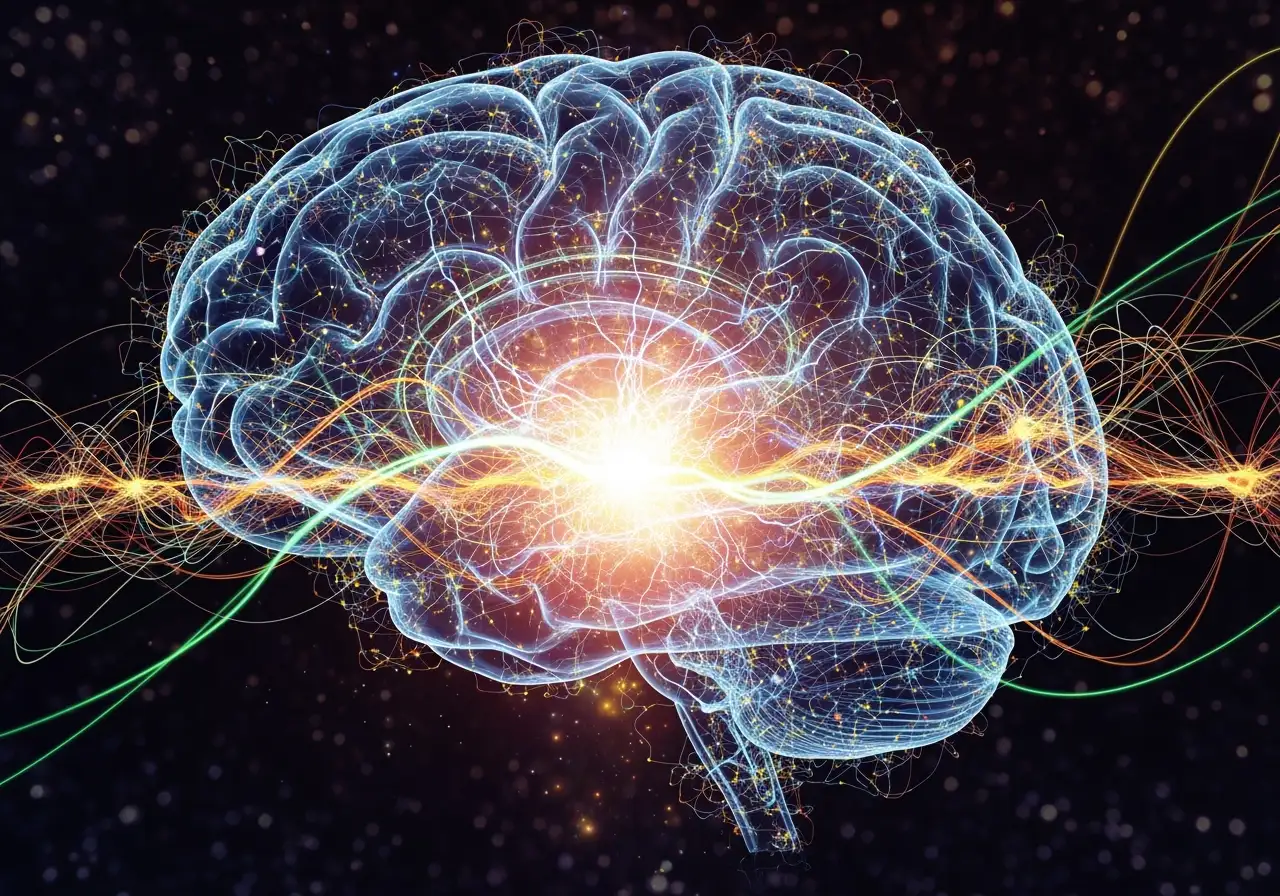Mindful Movement: Channeling Ancient Wisdom for Modern Conscious Action
Mindful Movement: Channeling Ancient Wisdom for Modern Conscious Action
In a world that often celebrates speed and efficiency, the very notion of mindful movement might seem counterintuitive. Why dedicate precious attention to something as seemingly automatic as walking, or to our subtle physical reactions, when the demands of modern life are so pressing? We are often caught in a whirlwind of cognitive overwhelm, navigating complex information landscapes that can lead to cognitive strain and dysfunction. Yet, this deceptively simple concept holds profound wisdom, echoing practices that have been understood and utilized for centuries across various contemplative traditions.
The Quantum Mindfulness framework introduces a powerful practice known as Mindful Movement, which serves as a potent antidote to our default mode of operation. It helps us interrupt unconscious reactive collapse, those automatic, unhelpful reactions that often dictate our responses in real-time. While its application feels cutting-edge and deeply relevant to our fast-paced lives, its philosophical and historical roots stretch back thousands of years. Long before neuroscience began to map the brain’s intricate pathways, ancient wisdom traditions intuitively grasped the deep connection between the mind, body, and movement.
Consider the practice of kinhin in Zen Buddhism, a form of walking meditation performed between periods of seated meditation. This wasn’t merely a break; it was an integral part of the practice, a deliberate cultivation method. Practitioners were encouraged to bring the same focused, open awareness from their seated posture into their steps, noticing the raw perceptual imprint of their feet on the ground, the rhythm of their breath, and their surroundings. The aim was to cultivate a state of continuous patterned presence, where mindfulness wasn’t confined to a meditation cushion but permeated every aspect of life, even the most mundane movements. This directly speaks to the development of conscious attention, the primary catalyst for psychodynamic collapse.
Similarly, other ancient traditions, from Stoicism to Taoism, emphasized the importance of self-observation and conscious choice over impulsive reactions. They understood that many of our habitual responses, whether a physical flinch or an emotional surge, are not inevitable. These are often manifestations of an underlying psychological disharmony or unresolved superposition consequence. By cultivating a keen awareness of our internal and external experience, these philosophies taught that we could create a vital space between stimulus and response – a space of cognitive superposition where multiple possibilities exist. This space allows for intentional collapse, a conscious intervention guided by our psycho-volitional dimension (Pd1), the very source of pure potentiality and will. This dimension, through its annihilative property, can dissolve perceived limitation and shift our overall mental state.
The historical lineage of mindful movement teaches us that true mastery isn’t just about controlling our thoughts while still; it’s about integrating awareness into the dynamic flow of life. It’s about recognizing that our bodies are not just passive vessels for our minds, but active participants in our experienced reality, constantly sending and receiving signals. Our physical reactions often precede or accompany our emotional and cognitive responses, forming complex interference patterns. The Quantum Mindfulness framework, in its emphasis on embodied mindfulness, acknowledges that the psycho-receptive dimension (Pd8) facilitates the embodiment of a mental-physical interface, allowing for the subtle processing of somatic information. This dimension enables the conversion of abstract internal experience into concrete external realities, providing a crucial feedback loop.
By bringing conscious attention to these physical manifestations, we gain a powerful leverage point for change, allowing us to engage in psychodynamic navigation. This practice of






